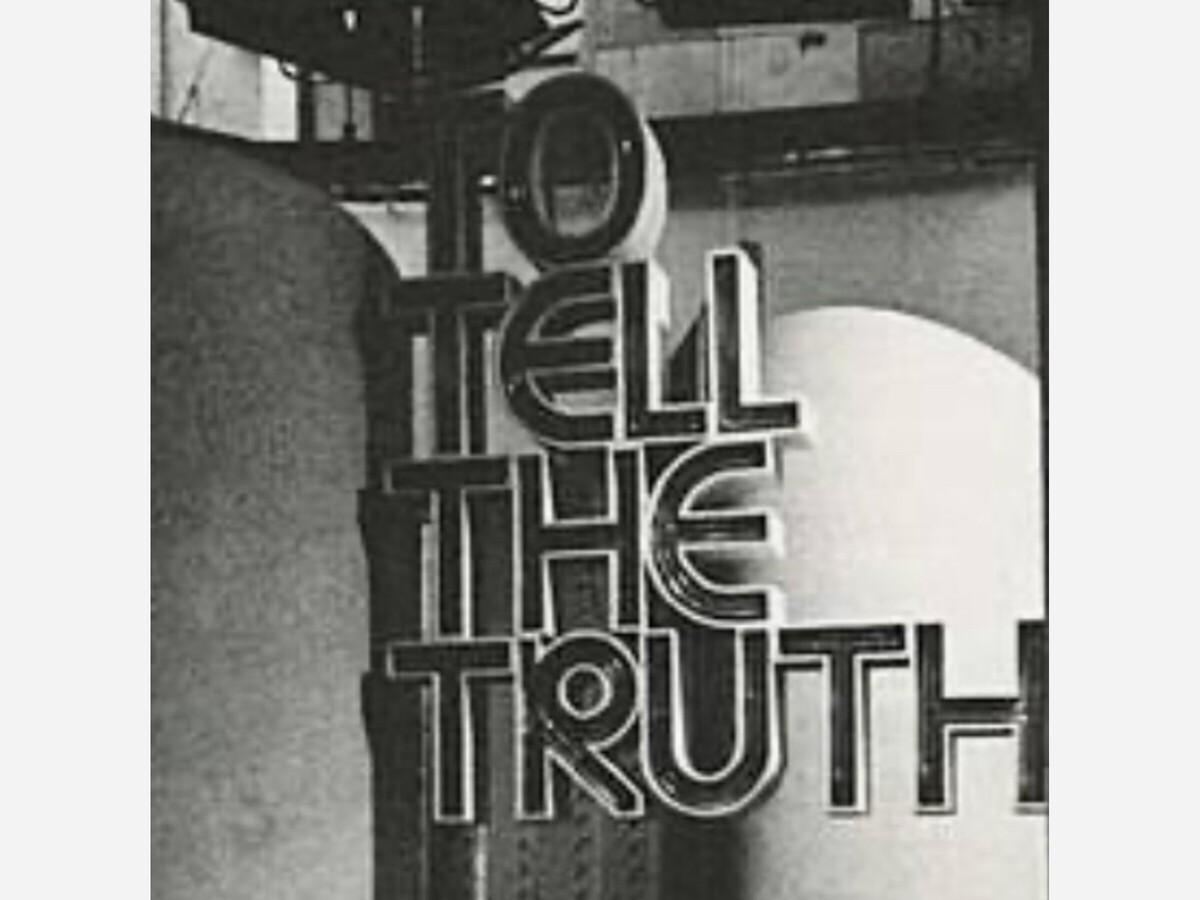Image

The delicate dance between reporters and defense officials disintegrated on Thursday, Oct. 15 as all but one of the Pentagon press corps packed up, tuned in their badges, and walked out of the building. Secretary of Defense (not War since the title is set by law) Pete Hegseth’s directive that reporters sign NDAs and let public affairs sanitize even unclassified material from stories endangers accurate reporting on defense issues.
To be sure, the press often publishes stories that the government wishes never saw the light of day, but how many create actual risk? In late 1973 I had dinner with a distant cousin, a Navy captain assigned to the inspector general at the Defense Intelligence Agency. It was early in my writing career and Frank asked me about my long-term goals. I wanted to work for Aviation Week & Space Technology, a leading aerospace magazine.
“You know that AvWeek has sensitive material in just about every issue,” he said.
“Yes. But how much of that is really sensitive, and how much of it is stuff we want the other side to know but we can’t declassify?” I replied.
Frank went back to his salad and never answered that one. And as I later learned, AvWeek, and other outlets, often hold back on very sensitive stories, like details of the KH-9 Hexagon spy satellite, until they started to appear elsewhere.
Fast forward to early 1977 and I was science editor of The Huntsville Times and covering Army missile projects and the space program. Jack Hartsfield, my predecessor, took me out to my first meeting with Dave Harris, the Army Missile Command’s public affairs director.
“What kind of guy is he?” I asked.
“He’s like O’Donnell,” Jack replied, referring to Bill O’Donnell, the highly respected public affairs officer for NASA manned space flight. “You can trust him. He won’t always tell you the whole truth. That’s not his job. But what he does tell you is the truth.” That’s rare.
Because he had started as a reporter, Dave had a unique perspective that helped him balance our needs and those of MICOM. This was highlighted a few years later when I interviewed the brigadier general managing the PATRIOT air defense missile project. Sitting next to me was Bob Hubbard, part of Dave’s team. Escorts were the norm, mainly to keep officers and managers from wandering into sensitive details.
As we finished, the general asked Bob, “Can I see the story when it’s submitted for security review?”
Bob’s posture went rigid.
“Uh, sir, you will see it at the same time we do, when it runs.”
“Oh, OK,” the general replied.
A few months later I wrote an op-ed piece that discussed this and other miscues between government and press. Dave called the next day.
“Did the general actually say that?”
“Yes.”
“I apologize,” Dave continued. “If one of my people said that, then I’m not doing my job right.”
Perhaps in that one instance. But overall, Dave was the best. So good, in fact, that after he died in 2002, the Army Materiel Command named its new headquarters building after him.
That’s as rare as Dave was.
The author is a veteran aerospace writer – who broke details of the secret payload on the fourth Space Shuttle mission and the link between the Hubble Space Telescope the KH-9 spy satellite – and educator who lives in High Rolls. He recently retired as education director at the New Mexico Museum of Space History, and now runs The Traveling Gizmo Show
the truth is a historically rare commodity, and i would politely suggest - paraphrasing grover norquist - that the truth has been whittled down to the point "that it can be drowned in the bathtub". my suggestion, for your reference: Stripped for Parts: American Journalism on the Brink | PBS
PBS was relevant.
NPR and PBS were definitely relevant - which is precisely why the trump regime has scuttled them...we have truly entered the era of alternative "truth".
NPR was relevant.